| Structure | Name/CAS No. | Articles |
|---|---|---|
 |
sucrose
CAS:57-50-1 |
|
 |
Ethanol
CAS:64-17-5 |
|
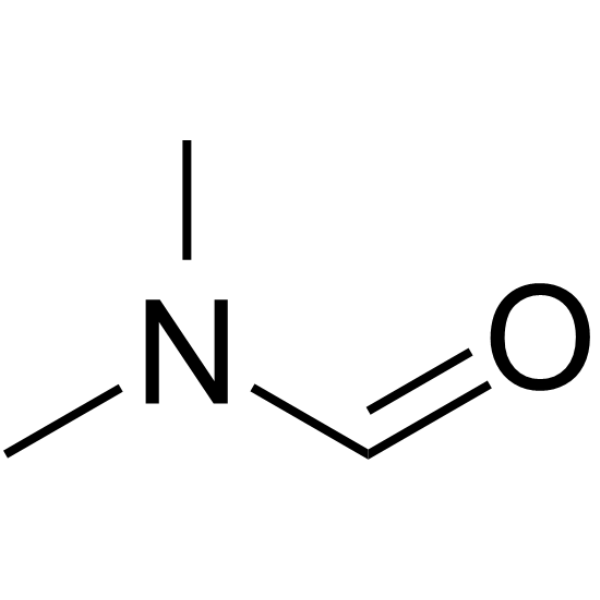 |
N,N-Dimethylformamide
CAS:68-12-2 |
|
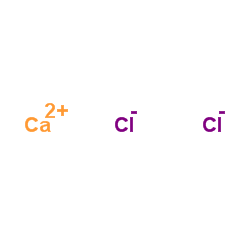 |
Calcium chloride
CAS:10043-52-4 |
|
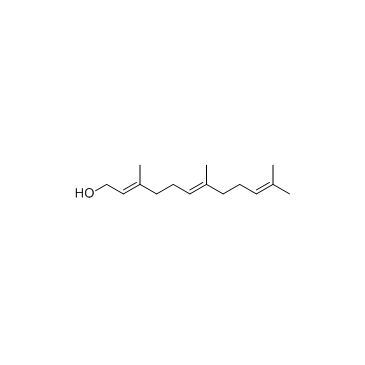 |
farnesol
CAS:4602-84-0 |
|
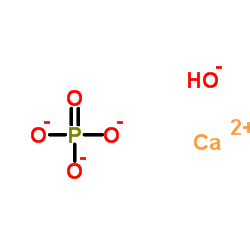 |
Hydroxylapatite
CAS:1306-06-5 |
|
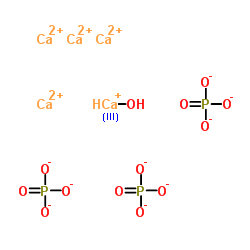 |
Calcium hydroxycalcium(1+) phosphate (4:1:3)
CAS:12167-74-7 |
|
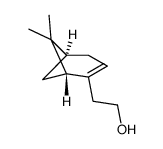 |
(-)-NOPOL
CAS:35836-73-8 |
|
 |
Sulfuryl chloride
CAS:7791-25-5 |
|
 |
calcium chloride dihydrate
CAS:10035-04-8 |